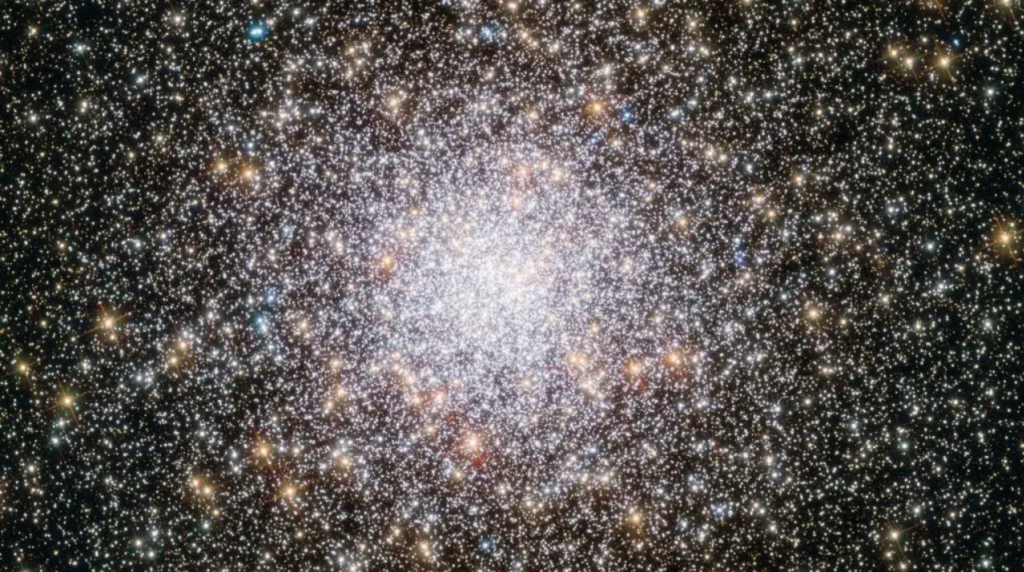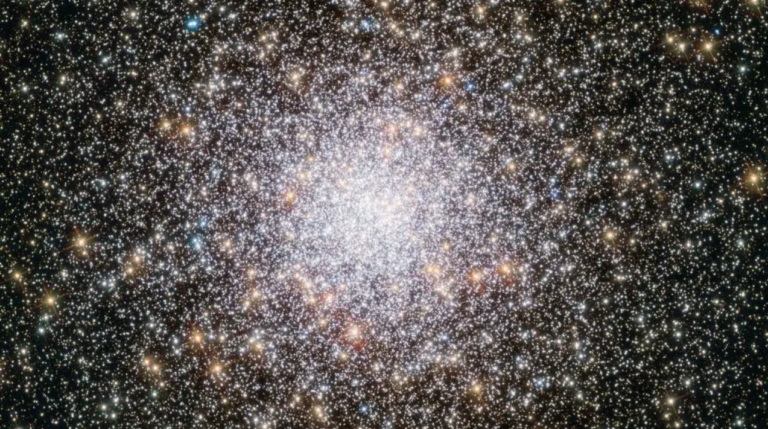
The James Webb Space Telescope (JWST) has revealed a stunning cosmic display from the early days of the universe. Around 440 million years post-Big Bang, the telescope has identified crucial chemical markers suggesting the existence of supermassive stars, some reaching up to 10,000 times the mass of our sun. These massive stars, known as “celestial monsters,” may hold the answers to the mysteries surrounding the composition of heavy elements in the ancient universe.
Corinne Charbonnel, the lead author of the study and an astronomy professor at the University of Geneva, expressed enthusiasm for the discoveries. The data gathered by the JWST has given us the first intriguing glimpse into the presence of these extraordinary stars. The research, published in Astronomy and Astrophysics on May 5, provides insights into how heavy elements may have been introduced into the early universe.
Scientists concentrated on globular clusters, dense groupings of thousands to millions of stars that are among the oldest structures in the cosmos. These clusters, found throughout the Milky Way, act as time capsules, offering windows into the early stages of cosmic development. Surprisingly, certain stars within these clusters exhibit significant variations in elemental compositions, including oxygen, nitrogen, sodium, and aluminum, despite originating from the same gas and dust clouds 13.4 billion years ago.
The difference in elemental composition has led astronomers to suggest the presence of supermassive stars, which were born in the denser conditions of the early universe. These massive celestial bodies, burning at extremely high temperatures, could have generated heavier elements, impacting the composition of smaller neighboring stars.
Nevertheless, the direct detection of these supermassive stars poses a challenge. With sizes ranging from 5,000 to 10,000 times that of the sun and burning at temperatures surpassing 135 million degrees Fahrenheit, these fiery giants met their end in hypernovas, violent explosions that took place in the early history of the universe. Co-author Mark Gieles, an astrophysics professor at the University of Barcelona, emphasized the difficulty in detecting direct evidence due to the rapid demise of superstars within observable globular clusters.
To tackle this obstacle, the researchers directed the JWST’s infrared camera towards the galaxy GN-z11, one of the most distant and ancient galaxies ever found, located 13.3 billion light-years away. By studying the light emitted from different globular clusters within GN-z11, the astronomers pinpointed densely packed stars surrounded by increased levels of nitrogen. This observation corresponds to the fusion of hydrogen at extremely high temperatures, a process only achievable in the cores of supermassive stars.
The identification of these chemical markers in GN-z11 serves as a foundation for further exploration. The researchers aim to examine additional globular clusters in different galaxies to confirm and build upon their discoveries. As the scientific community eagerly anticipates more insights from the JWST, these celestial behemoths could play a crucial role in unveiling the earliest chapters of the universe.
Do not forget to share your opinion with us to provide you with the best posts !




0 Comments